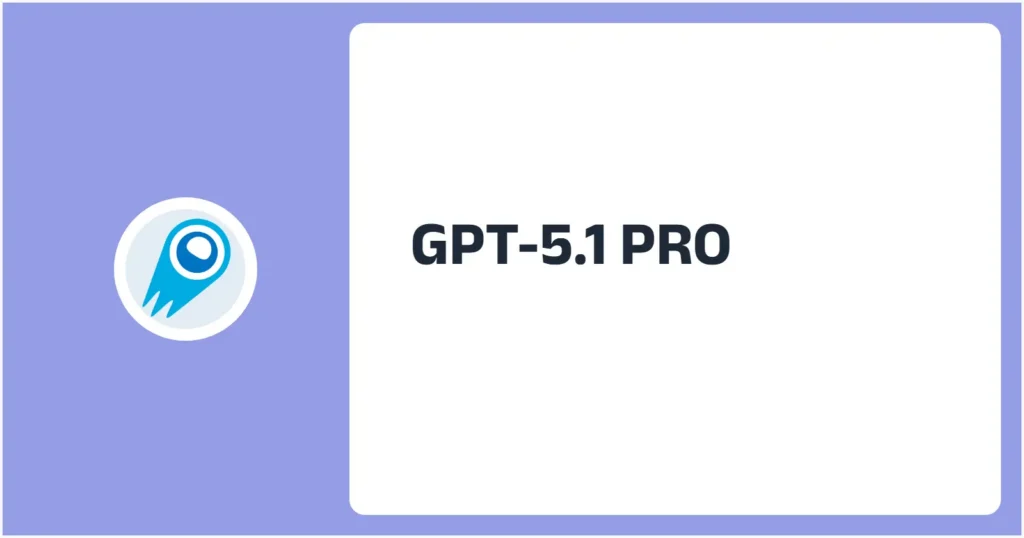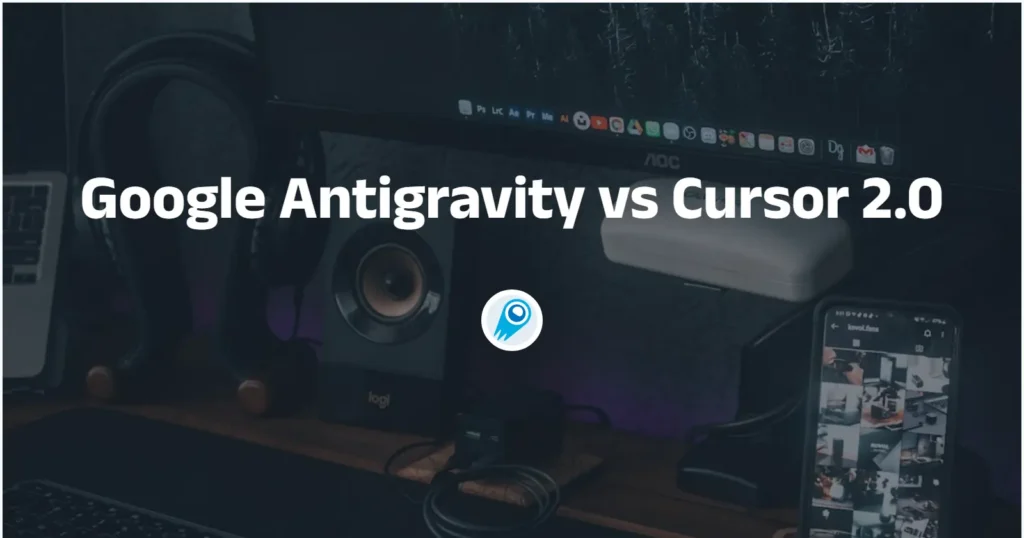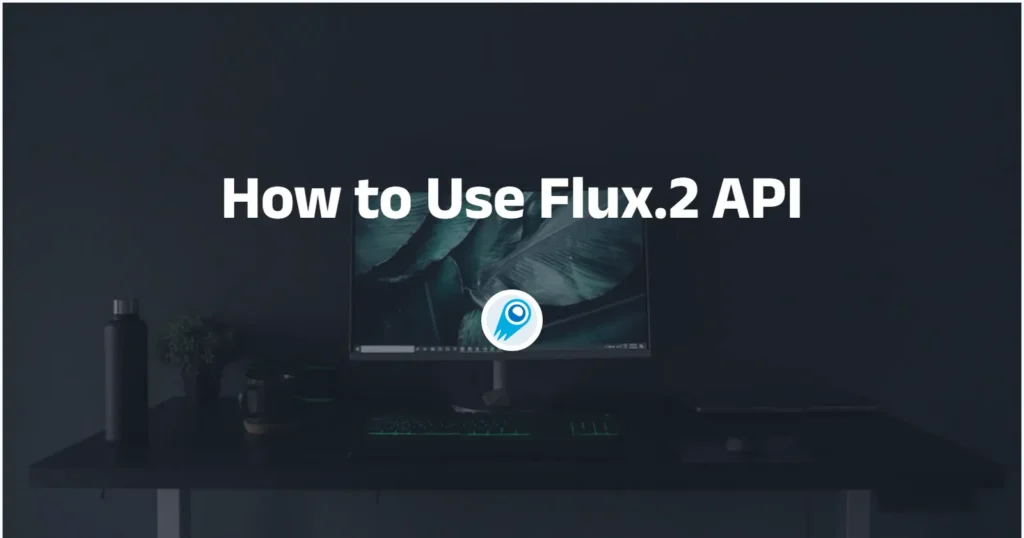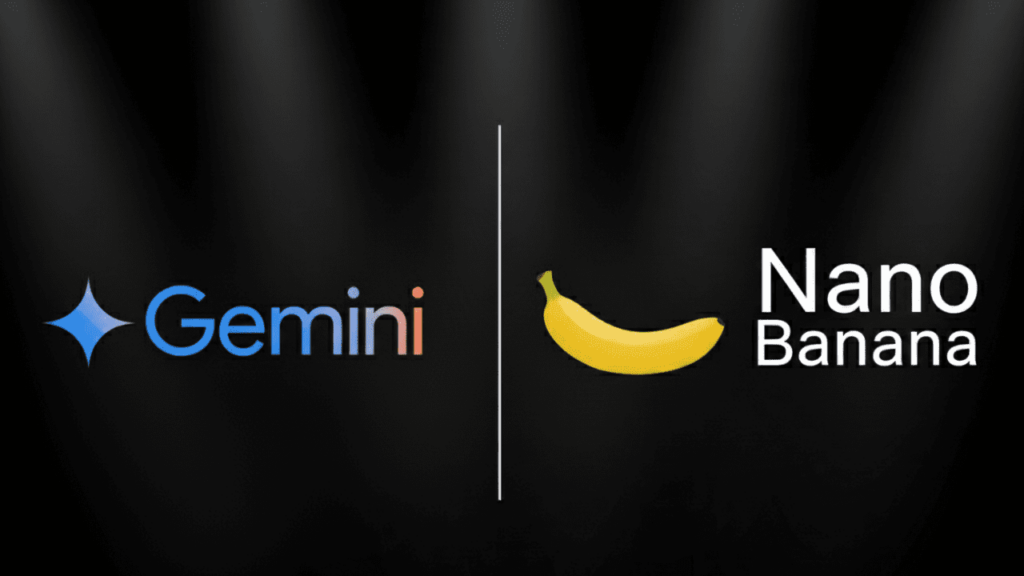OpenAI’s GPT-5.1 Pro is the latest incremental release in the GPT-5 family: a production-grade model update that refines reasoning, latency/throughput tradeoffs, and developer-facing features (especially for code and long-horizon agent tasks). The improvements in GPT-5 Pro are significant for GPT-5, but how does the performance of GPT 5.1 Pro compare? This article will provide a […]
Google Antigravity vs Cursor 2.0: Which IDE should you choose in 2025?
In late 2025 the AI-assisted development landscape took another big step: Google launched Antigravity, an “agent-first” development platform built around Gemini 3 Pro, and Cursor shipped Cursor 2.0 with its Composer model and a new multi-agent interface. Both promise to change how software teams build software with AI — but they take different design decisions, […]
How to Use Flux.2 API? All You Need to Know
FLUX.2 is Black Forest Labs’ second-generation family of image-generation and image-editing models (released Nov 25, 2025). It offers production-grade photorealism, multi-reference editing up to 4MP, structured/JSON prompting, and a choice of managed endpoints (Pro, Flex) and open-weight options (Dev). The good news is that CometAPI has integrated the Flux.2 API. This guide explains what FLUX.2 […]
What is Flux.2 and Flux 2 is now available on CometAPI
FLUX.2 is a newly announced family of image-generation and editing models from Black Forest Labs that offer production-grade fidelity, multi-reference editing (up to 10 references), and deployable variants ranging from open-weight Dev to production Pro and a controllable Flex tier. What is FLUX.2? FLUX.2 is Black Forest Labs’ production-grade image generation + editing family that […]
Flux.2 Dev API
Flux.2 Dev is an open-weight, high-fidelity image generation and multi-reference image-editing model from Black Forest Labs. It targets developers and researchers who need a powerful open checkpoint that retains strong photorealism, fine-detail rendering and robust multi-reference (character/product) consistency.
Model Type: Image
Flux.2 Flex API
FLUX.2 Flex is the mid-tier, developer-focused member of Black Forest Labs’ FLUX.2 image-generation family. It exposes generation parameters (notably number of sampling steps and guidance scale) so developers can trade off latency vs. text/typography fidelity and image detail.
Model Type: Image
Flux.2 Pro API
FLUX.2 is Black Forest Labs’ 2025 generation of production-grade image generation and editing models. It targets real-world creative workflows (product photography, UI/infographics, multi-reference editing and brand-safe pipelines) by combining a redesigned latent space, a high-capacity transformer backbone and a vision-language encoder to deliver improved prompt-following, legible typography, and consistent multi-reference outputs up to 4 megapixels.
Model Type: Image Generation
7 Nano Banana Pro Prompts that You Should to Try!
Google’s Nano Banana Pro (the marketing name for the Gemini 3 Pro Image family) landed as a major step forward in image generation and editing tools. It’s designed to combine Gemini 3’s language and reasoning strengths with pixel-level image control, and it’s already being rolled into the Gemini app, Google Workspace products, Adobe Firefly/Photoshop integrations, […]
How to Prompt Nano banana Pro For Best
Google launched Nano Banana Pro (the Gemini 3 Pro Image model) on November 20, 2025. It’s a high-fidelity image-generation and editing model that improves on the original Nano Banana with much better text rendering, deeper world knowledge, and support for combining many reference images (up to 14). This article covers what it is, how it […]
How Much Does Claude Opus 4.5 Cost — and is it worth it?
Claude Opus 4.5 is Anthropic’s newest “Opus-class” model (released in late November 2025). It’s positioned as a top-tier model for professional software engineering, long-horizon agentic workflows, and high-stakes enterprise tasks, and Anthropic intentionally priced it to make high capability more accessible to production users. Below I unpack what the Claude Opus 4.5 API is, how […]







